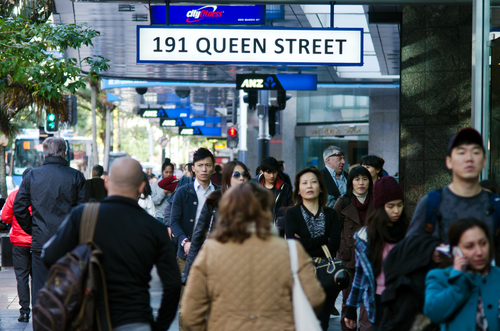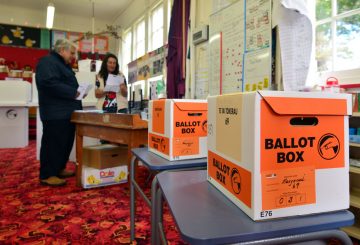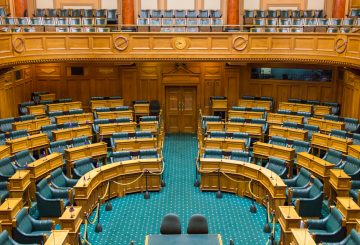Nhập cư đang trở thành một mối quan tâm nghiêm trọng đối với nhiều người. Tháng trước, Immigration New Zealand đã hủy 50.000 đơn xin thị thực tạm thời, bao gồm các đối tác ở nước ngoài của người New Zealand. INZ cũng đã ngừng xử lý bất kỳ đơn nào cho bất kỳ ai ở nước ngoài, với một vài ngoại lệ. Theo Cố vấn Di trú được cấp phép Ankur Sabharwal, có khoảng 5000 người sở hữu thị thực làm việc sau khi học (PSWV) đã bị kẹt ngoài khơi trong 17 tháng. 11.000 đơn xin cư trú theo Thể loại Di cư có tay nghề cao (SMC) đã được xếp hàng kể từ cuối năm 2019 và vẫn chưa được xử lý. Một 11.000 biểu hiện quan tâm khác dưới SMC sau tháng 3 năm 2020 vẫn đang chờ đợi sự chú ý của chính phủ.
Điều đó tương đương với hơn 77.000 người, hoặc gần như dân số Palmerston North, trong limbo nhập cư.
Vào tháng 5, chính phủ đã công bố “thiết lập lại” nhập cư, tập trung vào việc di chuyển từ người di cư có tay nghề thấp sang người di cư có tay nghề cao.
Lý do của chính phủ là New Zealand có sự phụ thuộc cao nhất vào lao động tạm thời trong OECD, và số lượng thị thực làm việc tạm thời đã tăng gấp đôi trong thập kỷ qua từ dưới 100.000 lên hơn 200.000. Thủ tướng Jacinda Ardern cho biết đã đến lúc thảo luận “về việc đạt được sự cân bằng” để cung cấp một trải nghiệm chất lượng tốt hơn cho cả người di cư và đất nước.
Chính phủ cũng có kế hoạch tăng cường các yêu cầu của người sử dụng lao động và kiểm tra thị trường lao động trước khi một người nhập cư có thể được thuê, vì vậy người lao động tạm thời chỉ được tuyển dụng vì thiếu việc thực sự. Đồng thời chính phủ công bố thiết lập lại nhập cư, họ thông báo rằng 200 nhà đầu tư sẽ được phép vào. Cũng như ngoại lệ biên giới cho Chương trình Đối tác Sáng tạo và Chương trình Đầu tư Thương mại và Doanh nghiệp của New Zealand, cho phép đại diện từ các tập đoàn toàn cầu đến New Zealand và tiến hành đàm phán với các công ty mà họ muốn đầu tư vào.






























































